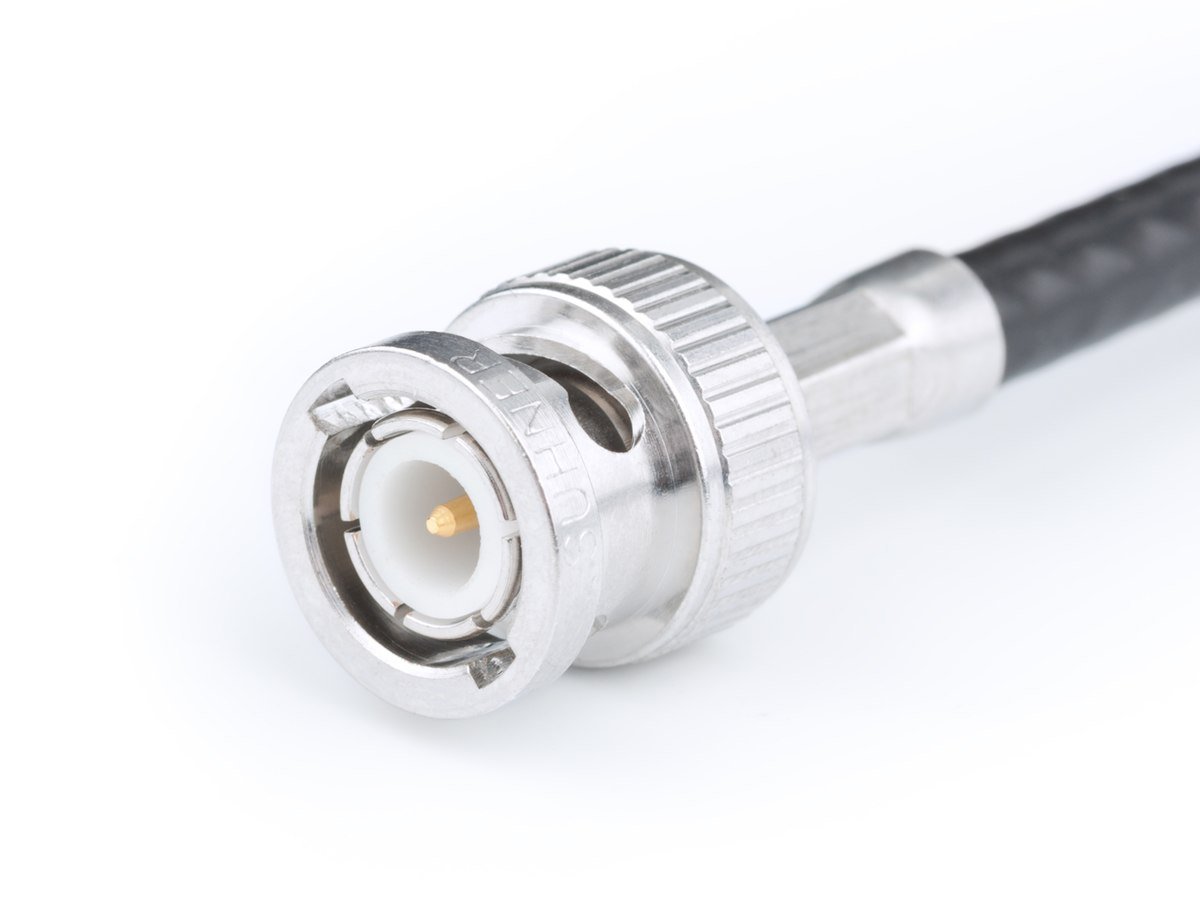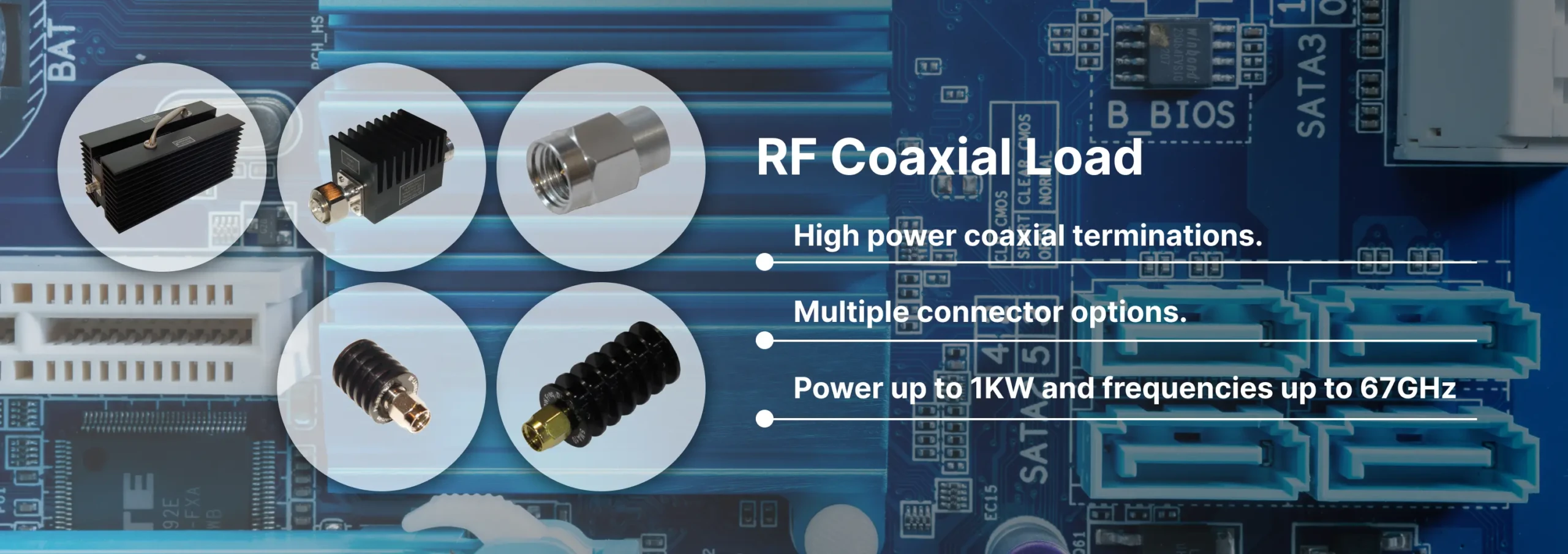by Angela
Share

The BNC (Bayonet Neill-Concelman) connector is a staple in RF applications, known for its quick-connect/disconnect feature. Introduced in the 1940s, BNC connectors are commonly used for frequencies up to 4 GHz.
Design and Features
-
Bayonet Coupling Mechanism: Allows for quick and secure connections.
-
Available in 50 Ω and 75 Ω: Suitable for various applications.
-
Versatility: Used in both analog and digital signal transmissions.
Common Applications
-
Test Equipment: Oscilloscopes, signal generators, and other lab instruments.
-
Video Transmission: Analog and serial digital interface video signals.
-
Networking: Early computer networks like 10BASE2 Ethernet.

Why Choose Reach-line’s BNC Connectors?
Reach-line offers BNC connectors that provide reliable performance and durability. Our connectors are designed to meet the needs of various industries.Wikipedia
👉 Discover our Precision BNC Series Connectors
STAY IN FOR MORE NEWS
Subscribe to our free newsletter.
Discover Reach-Line’s precision RF and microwave terminations covering DC to 110 GHz and power levels 1 W to 1000 W. Reliable, low VSWR solutions for 5G, satellite, and lab applications.
Reach-Line offers high-frequency cable assemblies, fixed attenuators, and precision terminations. Partner for engineering support, rapid prototyping, and global logistics.
In the realm of high-frequency applications, the SMA (SubMiniature version A) connector stands out as a compact yet powerful component. Developed in the 1960s, SMA connectors are designed for applications up to 18 GHz, with some precision versions extending to 26.5 GHz.
Reach-Line fixed attenuators cover DC to 110 GHz and 1 W to 1000 W. Fine-tune signals, protect components, and ensure repeatable tests in demanding RF applications.





